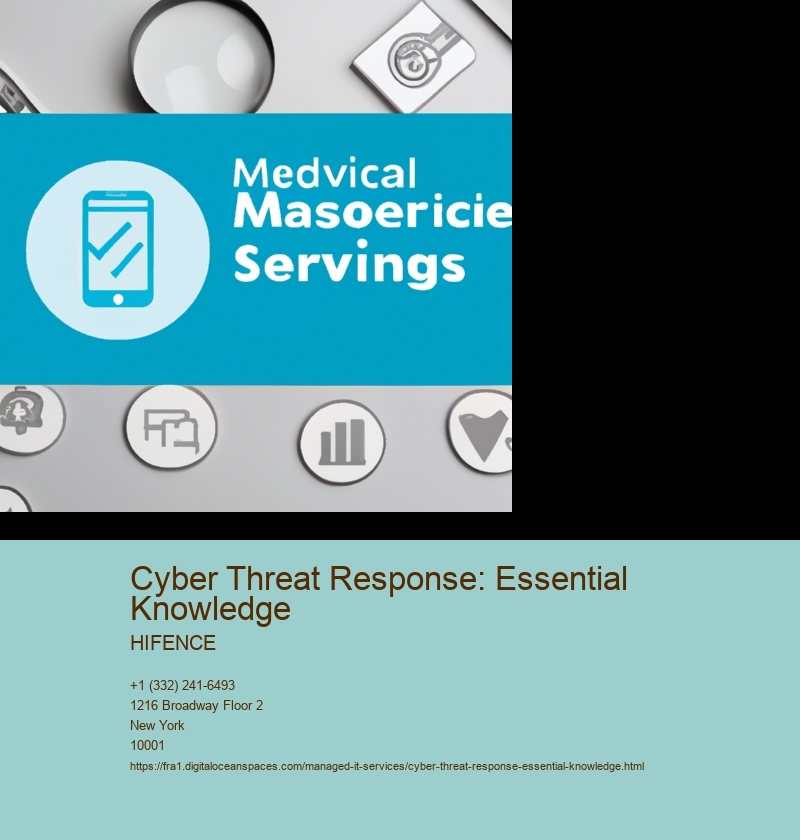Cyber Threat Response: Essential Knowledge
managed services new york city
Cyber Threat Response: Essential Knowledge
Imagine your house alarm blaring in the dead of night! Cyber Threat Response Planning: Quick Start Guide . Thats kind of what a cyber threat feels like to an organization. But unlike a simple burglary (which is bad enough!), cyber threats can be incredibly complex, persistent, and damaging. Thats why understanding cyber threat response is absolutely essential in todays digital world. Its not just a nice-to-have skill; its a fundamental requirement for anyone responsible for protecting data and systems.
So, what exactly is cyber threat response? At its core, its the organized and coordinated process (think of it as a well-rehearsed play!) of identifying, analyzing, containing, eradicating, and recovering from cyber security incidents. Its the "what do we do now?" plan that kicks into action when a threat (malware, a phishing attack, a data breach, you name it!) rears its ugly head.

managed services new york city
Essential knowledge in this space isnt just about knowing what tools to use (although thats important too!). Its about understanding the entire threat landscape. This means knowing the types of threats that exist (ransomware, DDoS attacks, insider threats, etc.), how they work, and what vulnerabilities they exploit. Think of it as knowing your enemy! You need to be aware of the latest attack trends, the motivations of attackers (are they after money, data, or just chaos?), and the tactics, techniques, and procedures (TTPs) they employ.
Another crucial piece of the puzzle is incident response planning. A well-defined incident response plan (IRP) is like a roadmap for navigating a cyber crisis. It outlines the roles and responsibilities of team members, the steps to be taken during each phase of the response, and the communication protocols to be followed. managed it security services provider A good IRP anticipates potential scenarios (what if our servers are encrypted? What if customer data is leaked?) and provides clear guidance on how to respond effectively.

Furthermore, understanding security technologies is vital. This includes knowing how to use security information and event management (SIEM) systems (these are like security alarm systems for your network!), intrusion detection and prevention systems (IDPS), firewalls, endpoint detection and response (EDR) tools, and other security technologies to detect, analyze, and respond to threats. Being proficient in threat intelligence (gathering and analyzing information about potential threats) is also incredibly valuable.
But technical skills are only part of the equation. Effective communication is paramount. During a cyber incident, clear and concise communication is essential for keeping stakeholders informed, coordinating response efforts, and minimizing the impact of the attack. This includes communicating with internal teams (IT, security, legal, public relations), external partners (law enforcement, vendors), and even the public (if necessary).
Finally, continuous learning is absolutely critical. The cyber threat landscape is constantly evolving, so its essential to stay up-to-date on the latest threats, vulnerabilities, and security technologies. check managed service new york This can involve attending conferences, reading security blogs, taking online courses, and participating in industry forums. Cyber threat response is a dynamic field, and those who are willing to learn and adapt will be best equipped to protect their organizations from the ever-growing threat of cyber attacks! Its a challenging but incredibly important field, and the more you know, the better prepared youll be!
